CES 2025 highlights game-changing tech: flying cars, solar EVs, hybrid air taxis, and autonomous vehicles shaping tomorrow’s mobility.
T
he Consumer Electronics Show (CES) 2025, the premier tech event being held in Las Vegas, is coming to a close. This year, CES drew around 140,000 visitors, showcasing innovative products and technologies from over 4,000 companies.
Here’s a look at six advanced automotive technologies that could disrupt industries or are simply too fascinating to overlook.
Land aircraft carrier
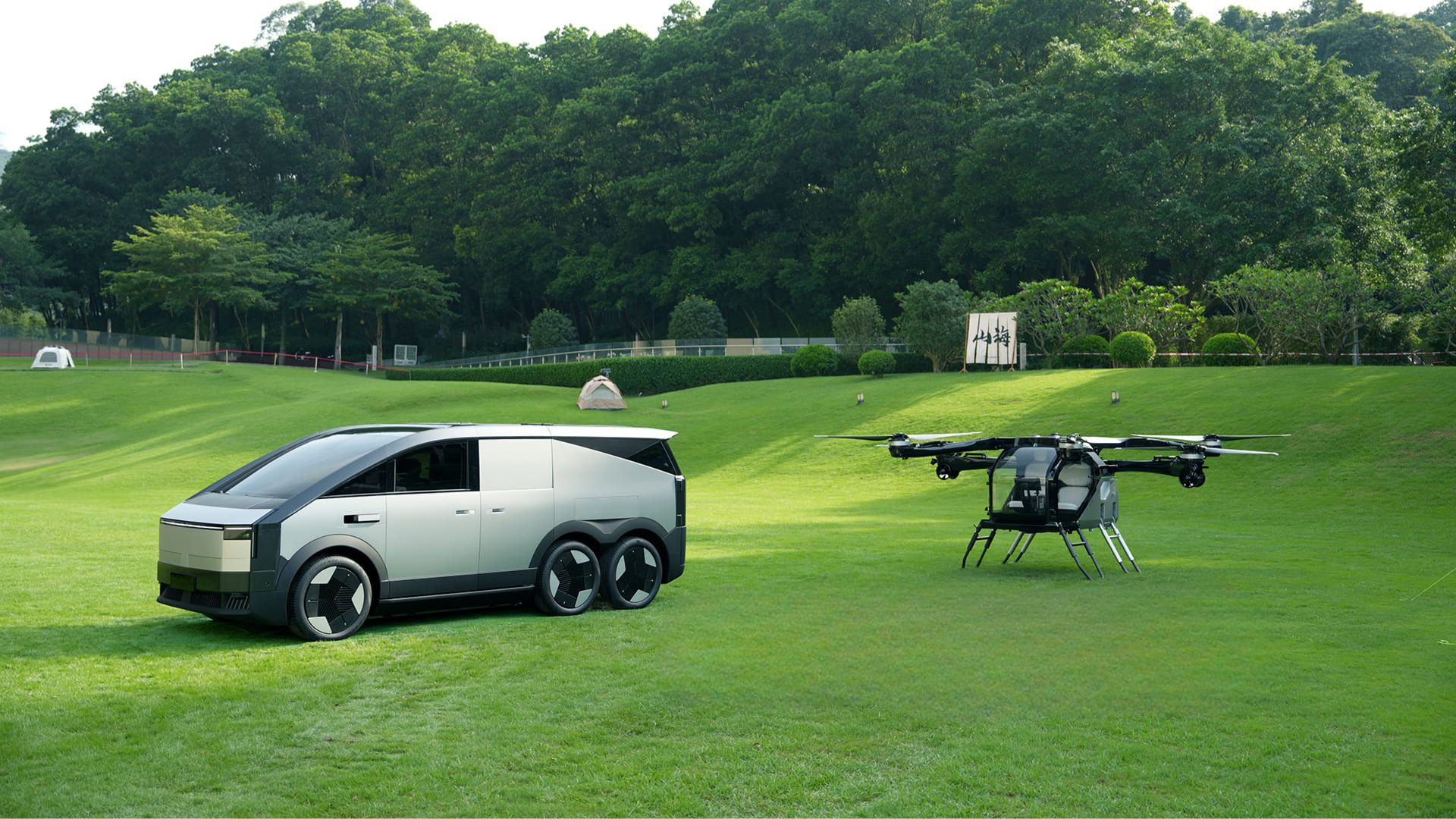
The age of personal mobility is dawning upon us, and Chinese player Xpeng Aeroht revealed its Land Aircraft Carrier at CES 2025.
The flying car concept transportation, with its modular architecture, features a detachable eVTOL air module housed in a six-wheel electric ground vehicle. The “mothership” ground module transports the air module to launch sites for autonomous vertical takeoffs and landings, ensuring seamless reconnection for smooth transitions between air and land travel.
The air module, crafted from lightweight carbon fiber, integrates redundant propulsion, power, and flight controls for safety. Its dual-duct six-rotor design with foldable propellers ensures efficient and stable flights, while the cockpit offers a 270° panoramic view, single-stick control, and intelligent features like automated route planning and real-time monitoring.
The ground module, powered by an 800-volt silicon carbide platform, delivers over 621 miles (1,000 kilometers) range, serves as a mobile air module charger, and features a spacious four-seat cabin.
Xpeng’s Guangzhou facility supports the production of up to 10,000 air modules annually. Securing 3,000 intent orders, Aeroht is set to be the first mass-produced flying car by 2026.
Next-gen EVs
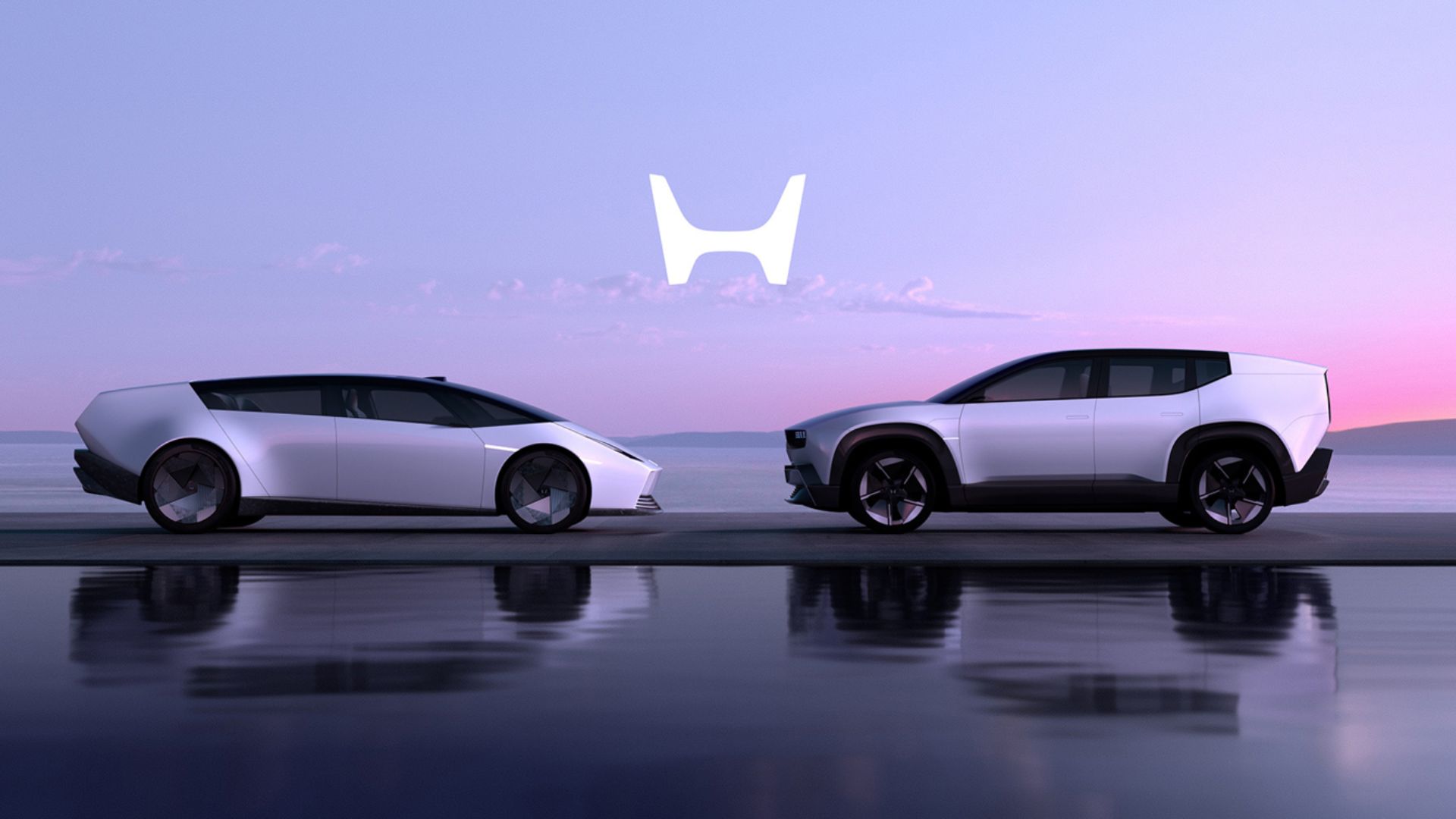
Honda is bringing a sci-fi vision to life with its innovative electric vehicles (EVs) set to launch in North America by 2026. These futuristic models will be built on Honda’s advanced battery platform at its Ohio facility, marking a significant leap in the company’s EV strategy.
The standout feature is the ultra-thin battery, which Honda claims can achieve rapid charging in just 10 to 15 minutes, setting a new benchmark for efficiency.
At the heart of these vehicles lies cutting-edge technology. The 0 Series will debut with a powerful AI chip and Honda’s Asimo OS, enabling Level 3 autonomous driving. This system allows the vehicle to take full control during specific parts of a journey, providing a seamless and safe driving experience. Honda plans to introduce this advanced feature shortly after the models’ launch.
While the prototypes displayed at CES 2025 in Las Vegas showcase a sleek and futuristic design, Honda assures that the final production models will closely match these concepts. Details on pricing and additional features remain under wraps, but the unveiling highlights Honda’s dedication to innovation and sustainability. With these EVs, Honda aims to redefine personal transportation, blending advanced AI, rapid charging, and forward-thinking design.
Hybrid air taxi
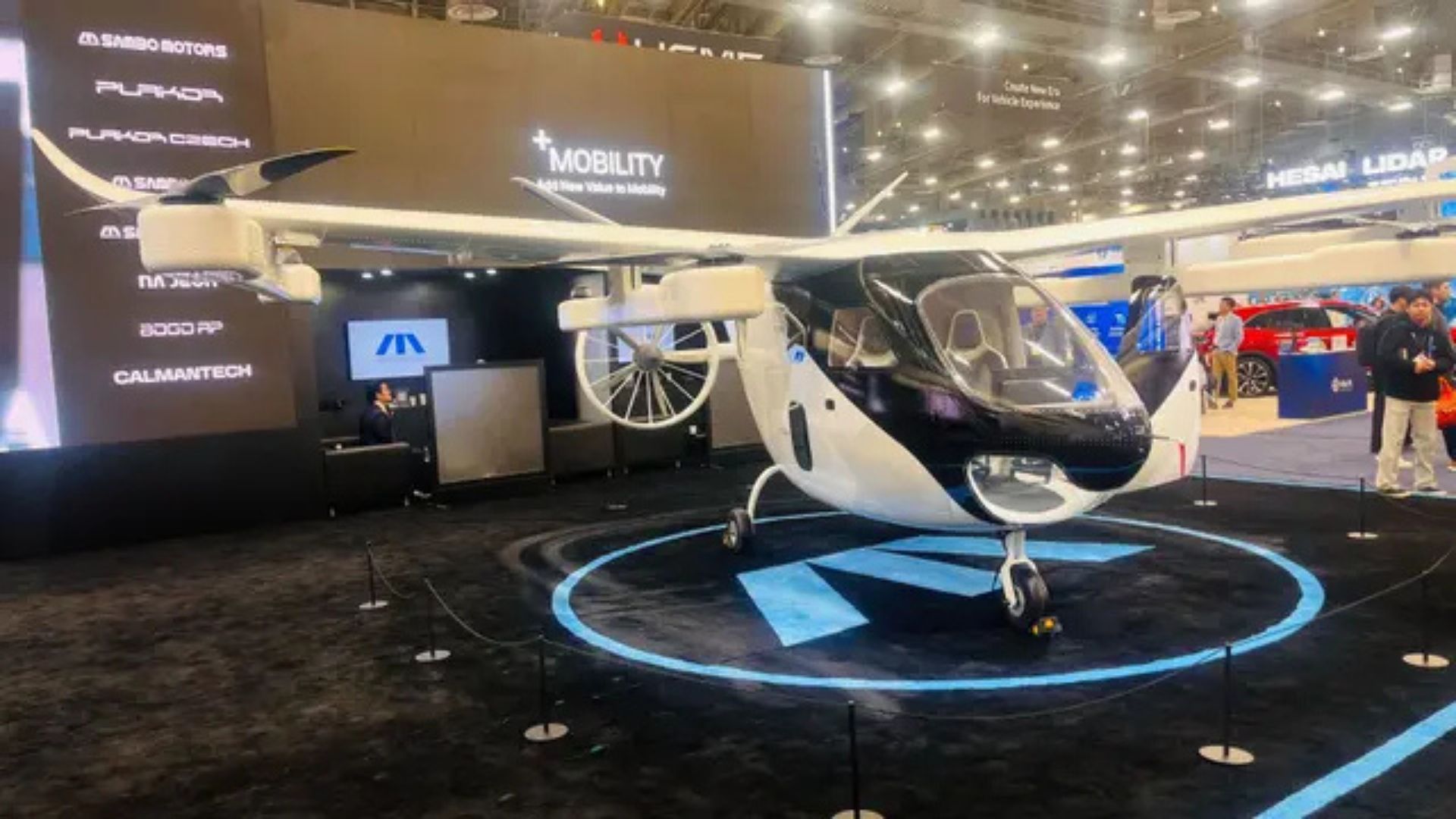
South Korea’s Sambo Motors Group has unveiled the world’s first hybrid air taxi, the latest innovation in urban air mobility (UAM) technology, the HAM III-2, at CES 2025. This two-seater hybrid aircraft marks a significant advancement over its predecessor, the HAM III-1, with enhanced size, performance, and technological capabilities.
The HAM III-2 features a 9-meter wingspan and a 4.5-meter height and weighs 1,873 pounds (850 kilograms). It introduces a groundbreaking hybrid power system that combines battery power for vertical takeoff and hydrogen-powered fuel cells for horizontal flight. The dual system minimizes noise and emissions during takeoff while improving energy efficiency and reducing dependence on heavy batteries.
Designed for short-haul urban commutes, the HAM III-2 utilizes four horizontal propellers for lift and two large rear-mounted propellers for forward motion. It boasts a cruising speed of 112 mph (188 km/h), a range of 62 miles (100 kilometers), and a flight endurance of 40 minutes. These features set new standards for fuel efficiency and flight safety in the rapidly evolving UAM market.
Sambo Motors plans extensive flight tests in the US in early 2025, including hydrogen fuel cell trials in desert conditions. These tests will assess performance, safety, and key maneuvers like ascent and descent. With Korea lacking regulations for hydrogen-powered flights, these tests aim to showcase the HAM III-2’s potential and pave the way for future regulatory developments.
Solar car
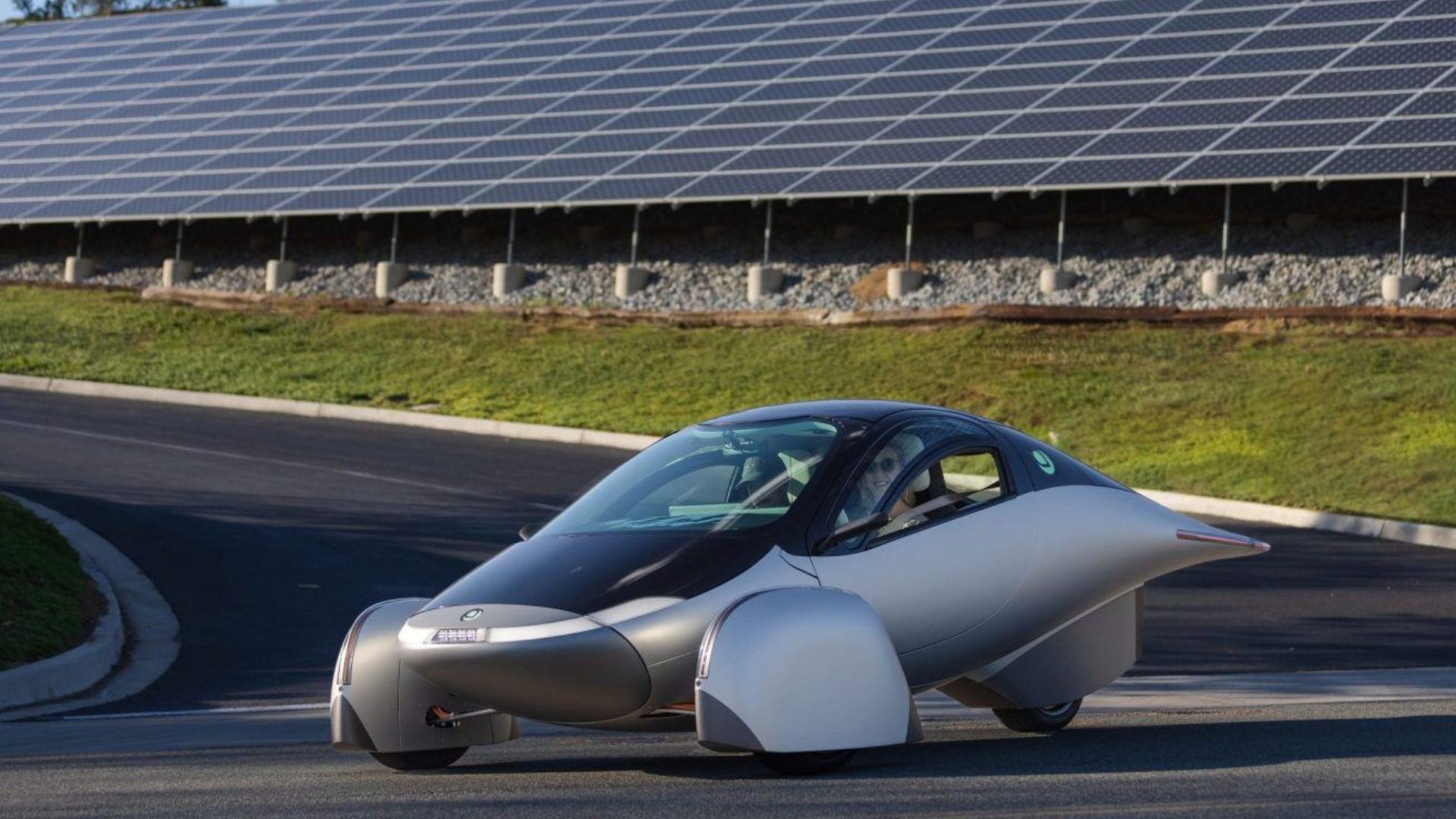
At CES 2025, Aptera unveiled its production-ready solar electric vehicle, redefining sustainable transport. Aptera’s production-ready solar electric vehicle, unveiled at CES 2025, promises to set new benchmarks in sustainable mobility.
The EV features 700 watts of integrated solar cells on its upper body, enabling up to 40 miles (64 kilometers) of solar-powered range daily without recharging. Additionally, its standard 400-mile (643.7-kilometer) battery can be upgraded to a 1,000-mile per-charge option, offering unparalleled range in the electric vehicle market.
Performance is equally impressive. The EV boasts a top speed of 101 mph (162.5 km/h) and accelerates from 0 to 60 mph (0 to 96.5 km/h) in roughly four seconds with all-wheel drive engaged. When using front-wheel drive, acceleration takes about six seconds. The inclusion of a “Launch Mode” adds extra torque for enhanced performance.
Aptera has a long history of aiming to revolutionize electric mobility. The company first announced its Typ-1 EV in 2007 but has since faced numerous roadblocks and technical challenges. Despite delays, Aptera’s current production model reflects over a decade of advancements, combining ultra-aerodynamic design with cutting-edge solar and battery technology.
With its promise of efficiency, sustainability, and performance, the Aptera EV could redefine the electric mobility landscape, addressing key challenges like range anxiety and reliance on charging infrastructure.
Flying electric motorcycle
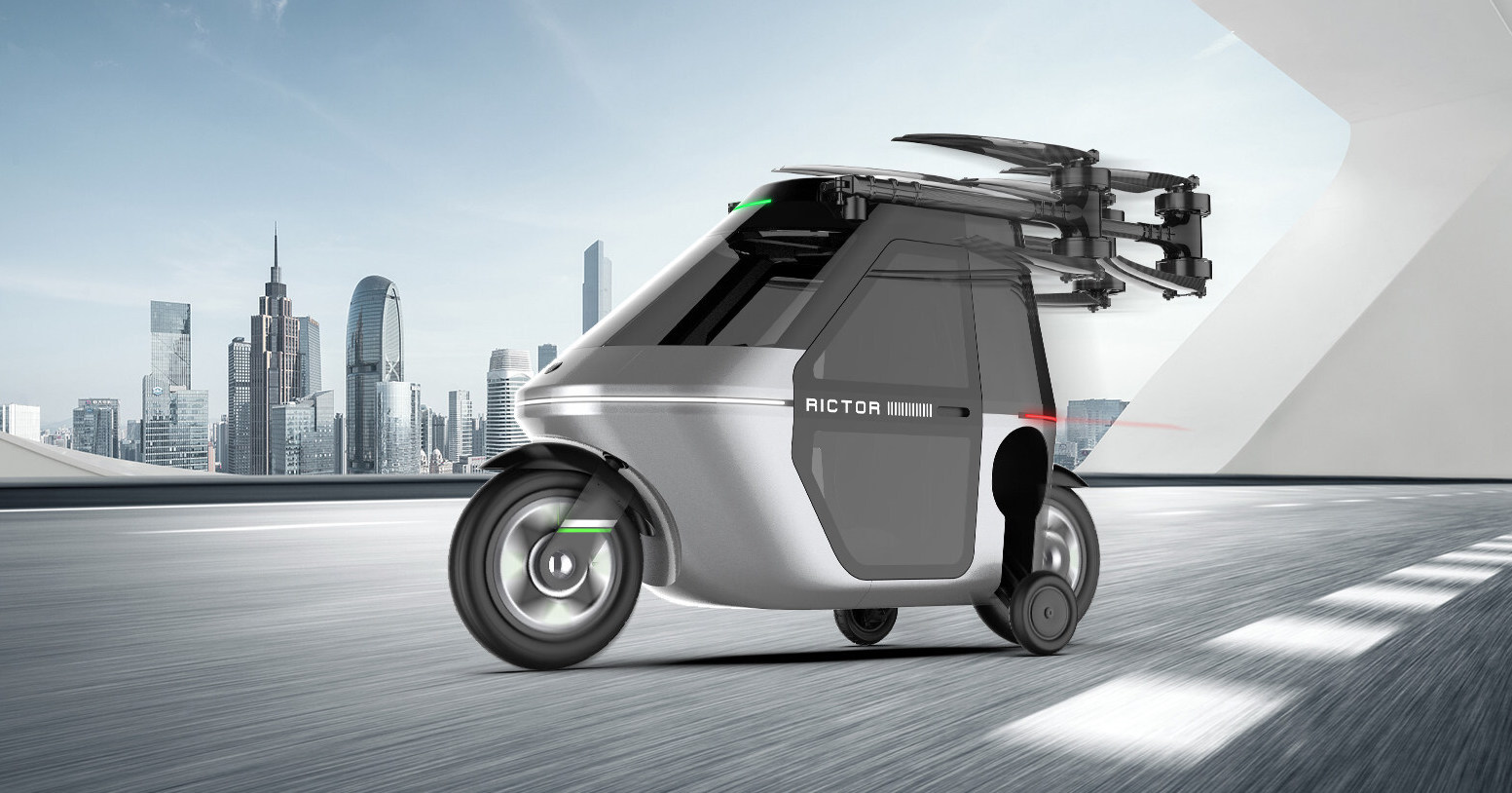
Rictor unveiled the world’s first flying electric motorcycle, Skyrider X1, at CES 2025, aiming to revolutionize urban commuting by taking traffic to the skies.
The hybrid moped quadcopter features an eight-propeller system designed for stability and redundancy, ensuring a safe and efficient flight experience. With a maximum speed of 62 mph (100 km/h) and a flight duration of up to 40 minutes, the X1 is poised to transform short-distance travel.
Two battery configurations will be available: the X1 SL, equipped with a 10.5kWh battery for 25 minutes of flight, and the X1 SX, with a larger 21kWh battery offering up to 40 minutes of airtime.
The Skyrider X1 also boasts automated takeoffs, landings, and route planning, optimizing travel based on location and battery status. Advanced systems provide real-time weather adaptability, adjusting altitude, speed, and direction for safe and efficient journeys.
Safety is a top priority in the Skyrider X1’s design. The enclosed cabin, triple-redundant control systems, and manual joystick options ensure reliability and user control. The X1 can land safely even with engine failure and includes an emergency parachute for worst-case scenarios.
Aiming to be priced at $60,000, Rictor promises the Skyrider X1 will bring practical flying transportation to commuters as early as next year.
Self-driving trucks

John Deere showcased several cutting-edge autonomous vehicles at CES 2025, aimed at transforming agriculture, construction, and commercial landscaping. The company unveiled its first autonomous articulated dump truck (ADT), designed for quarry operations and material transportation in infrastructure projects. This ADT automates repetitive tasks, enhancing efficiency in mining and processing workflows.
In commercial landscaping, John Deere introduced an autonomous, battery-powered mower equipped with advanced camera technology for 360-degree coverage. This mower is designed to help landscaping crews optimize their efforts, allowing them to focus on other tasks. It’s part of a wider initiative where select machines come factory-equipped for autonomy, while retrofit kits allow customers to update existing models at their own pace.
The next-generation autonomous tractor and the diesel-powered 5ML orchard tractor represent further advancements in John Deere’s autonomous technology. The 9RX Tractor features a second-generation autonomy kit with 16 cameras providing comprehensive field views, enhancing depth detection for more efficient farming. This tractor can operate at higher speeds and tow heavier equipment.
The 5ML orchard tractor, equipped with Lidar sensors, automates air blast spraying in orchards, reducing labor costs. A battery-electric version is also planned. All these machines are controlled through John Deere’s cloud-based Operations Center mobile app, offering real-time data, alerts, and customizable settings for seamless operation.
CES 2025 has unveiled advanced innovations redefining mobility and automation. From flying motorcycles to self-driving tractors, these technologies promise to advance industries and inspire a smarter, more connected future.
https://interestingengineering.com/ces-2025/6-automotive-innovations-from-ces-2025





